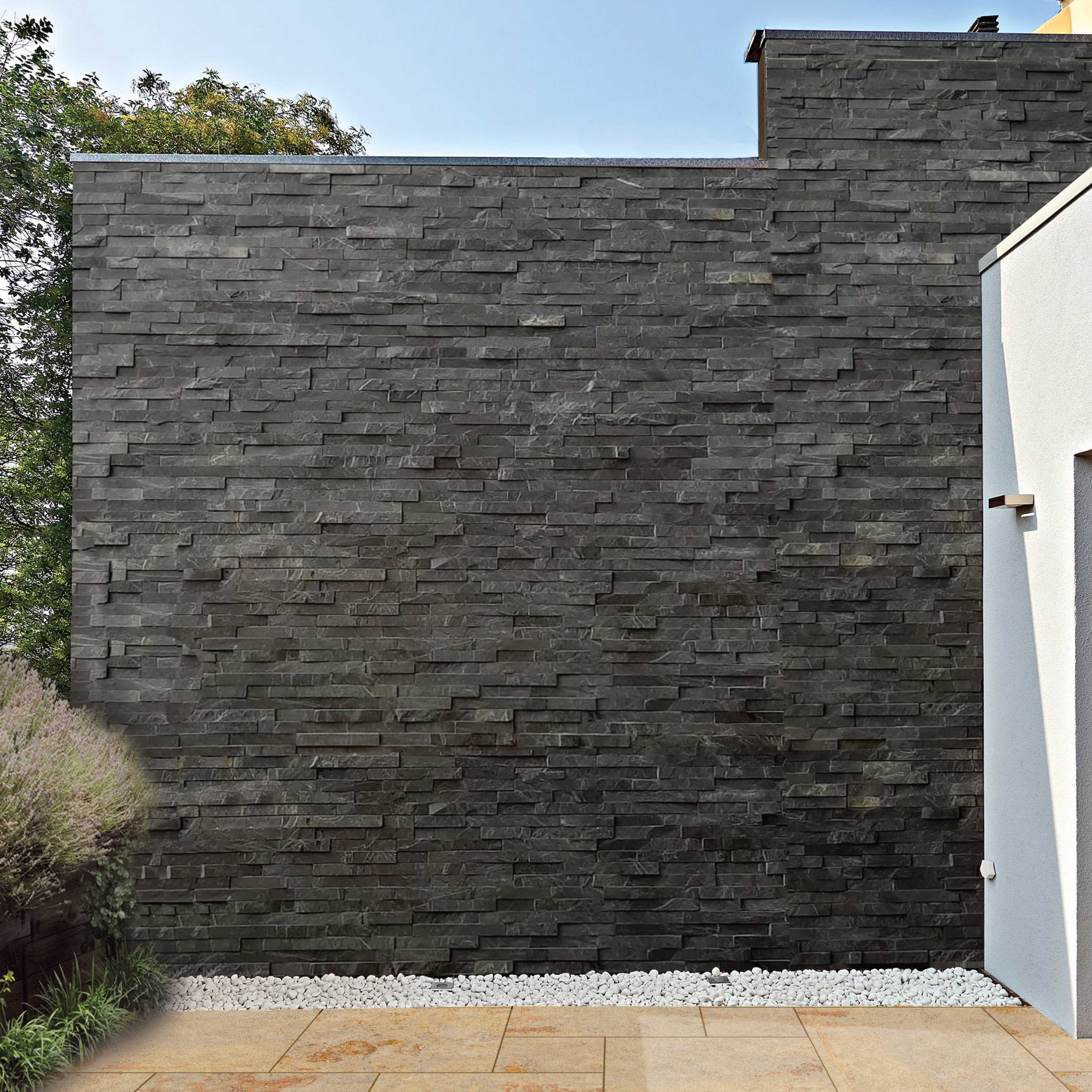Major Differences Between Concrete and Cement You Must Know
Apr 13, 2023
When you talk about construction, the two materials that come to your mind are cement and concrete. They are often used interchangeably by many people. But they are not the same. There are many differences between concrete and cement.
These construction materials are not the same as you have thought for years. An average person doesn’t know about the difference between cement and concrete. In fact, many people use these terms interchangeably and inaccurately.
So, to clear out everything and make everyone aware of these two materials, we’ve come up with this article. Below you will find the major differences between concrete and cement.
But before moving further with the differences, let’s understand these two construction materials deeply.
What is Cement?
Cement is a fine-manufactured mineral powder that acts as a bonding agent in various construction materials including mortar, concrete, and other materials. It is used to provide a strong bond between various materials for strong and durable building construction.
However, when you talk about the formation of cement, it is commonly made of limestone, clay, chalk, shells, silica sand, and iron ore. Limestone is the prevalent ingredient in the formation of cement. These materials are combined and crushed and then heated to around 1500-1600 degrees Celsius.
The resulting material is called Clinker which is then grounded into a fine powder and packaged to be used for various construction projects. The cement that is used to construct homes, offices, or other buildings is Portland cement or hydraulic cement. It is the most common type of cement used in the construction of buildings. However, you can also get a cement-like effect on your floors by installing porcelain tiles.
What is Concrete?
Concrete is another construction material that is used for foundation walls, patios, concrete slabs, and other structures. It is made from a mixture of water, Portland cement, and aggregate. Cement is one of the main ingredients in concrete, which is a strong building material. A concrete mixture will be stronger if less water is put into it.
The cement, which serves as the binding agent in concrete, is activated by the water. Cement holds the mix’s coarse and fine aggregates together. Mixtures with larger aggregates typically outperform those with finer particles in terms of strength.
You can either form a concrete mixture by yourself using cement, sand, and gravel or you can purchase premixed concrete which is commonly known as “ready-mix” concrete. However, you can discuss this with the professionals before buying concrete mixes. Make sure you always deal in quality and don’t go for cheap products.
If you want you can also have a look at clay pavers vs concrete pavers and find out which is the suitable material for your space.
Differences Between Concrete and Cement
Now that you are completely familiar with both construction materials, it’s now time to know the major differences between concrete and cement.
1. Cement is a Part of Concrete
Many of you might not know, but cement is a part of concrete. That’s when many people get confused. When cement is mixed with sand, gravel, and water it results in concrete. So, we can say, cement is the main ingredient of concrete but these two materials are different from each other.
2. Concrete is Preferred for Big Projects and Cement for Small Ones
One of the major differences between concrete and cement is that concrete is ideal for building big structures like bridges, schools, commercial buildings, contemporary houses, sidewalks, etc. On the other hand, cement is used for small projects like repairing cracks, filling joints, etc.
3. Concrete is More Durable and Stronger Than Cement
When you compare both these construction materials, concrete comes out to be the more durable and stronger material than cement. The reason why concrete is stronger are the added aggregates and admixtures in the concrete.
Uses of Cement
Cement is popularly used in a variety of application areas. The different uses of cement are listed below:
- Cement is commonly used for filling paving grouts, plastering, masonry work, preparation of foundations, watertight floors, making joints for pipes and drains, etc.
- It is utilized in situations where a hard surface is required to protect exposed structural surfaces from the elements and specific organic or inorganic contaminants.
- Cement is also used for the construction of stairs, pillars, lintels, and laying floors and roofs.
Uses of Concrete
As discussed earlier, concrete is a more durable and stronger construction material than cement. So, it is preferred for big projects. Below you will find the uses of concrete:
- Concrete is used for the construction of big buildings, dams, bridges, tunnels, lighthouses, and commercial and residential buildings.
- The best part about concrete is that it is fire-resistant which makes it an ideal choice for the ceiling in a room.
Conclusion
These all are the differences between concrete and cement. Hope you are now aware of these two construction materials and how they differ from each other.
Frequently Asked Questions
Below are the frequently asked questions that will help you know the differences between concrete and cement.
Q1. Is concrete stronger than cement?
Concrete is more durable and stronger than cement due to the added aggregates and admixtures in the concrete. This is the reason why concrete is used in big structures and cement in small projects.
Q2. Can I use cement instead of concrete?
Cement cannot be used alone as it is prone to cracking. Concrete is an ideal solution if you want to build your home or office.
Q3. Why do we use concrete and not cement in construction?
Building occupants can feel safe, secure, and healthy in concrete. Concrete is a building material that does not burn. Moreover, it doesn’t support mould and rot. It offers great indoor air quality and doesn’t emit any volatile organic chemicals.


